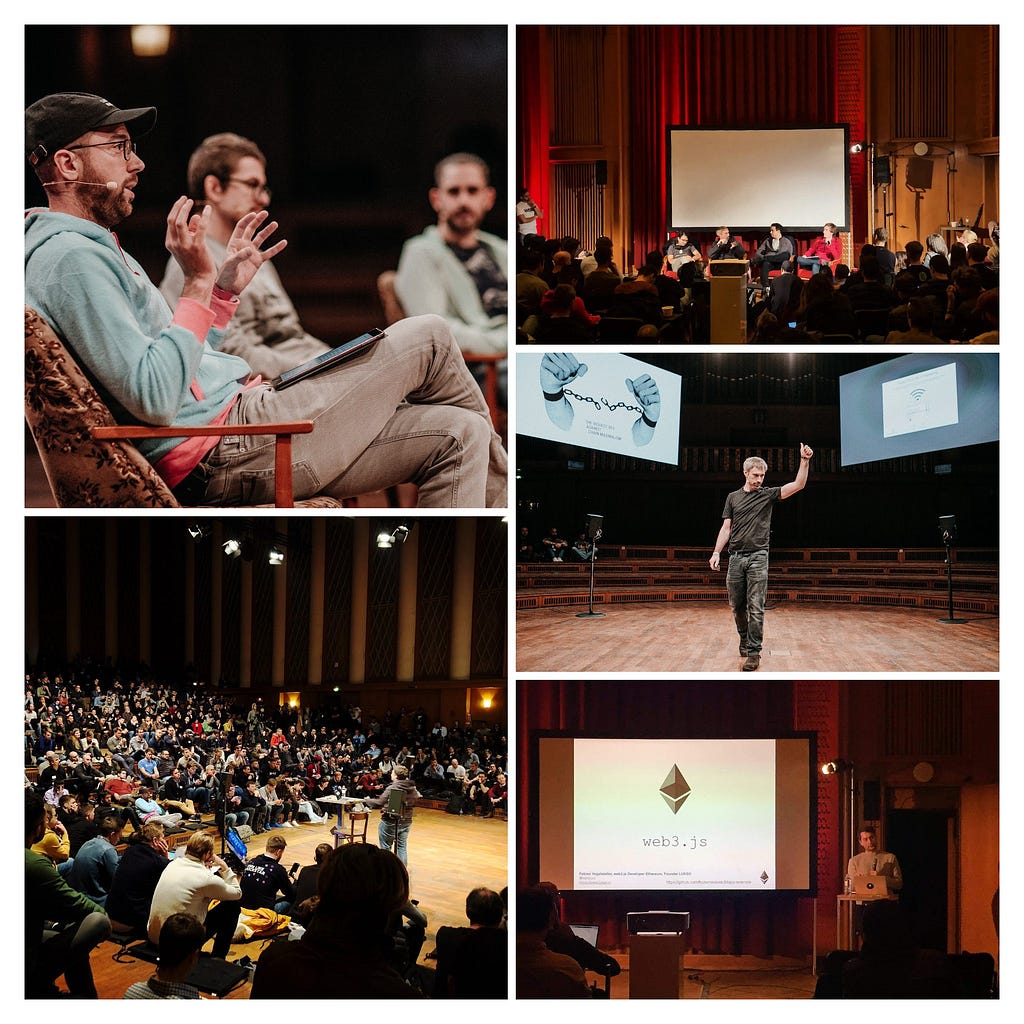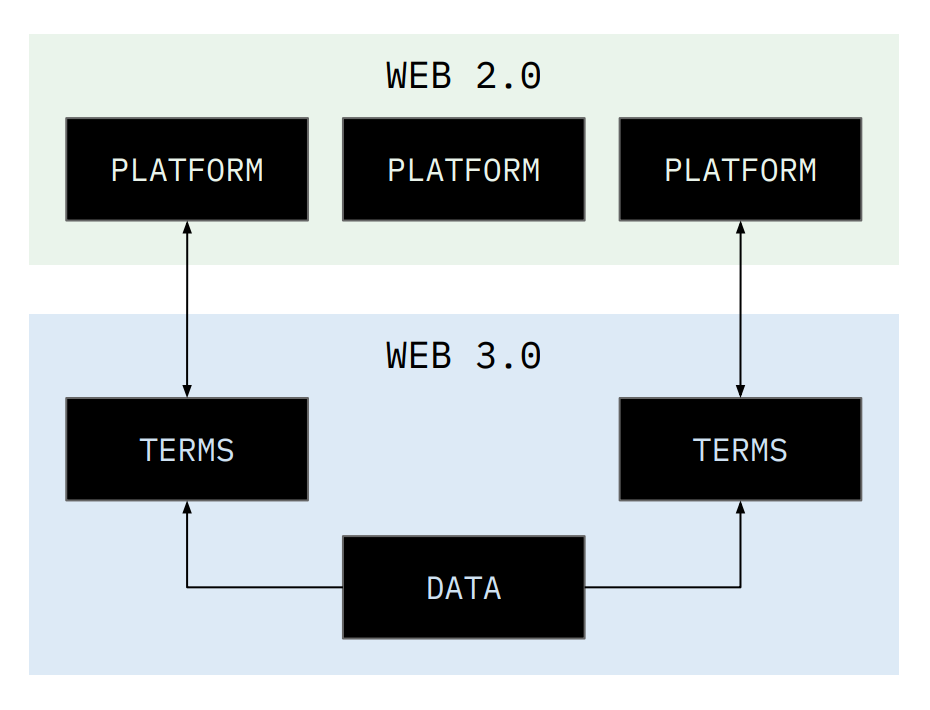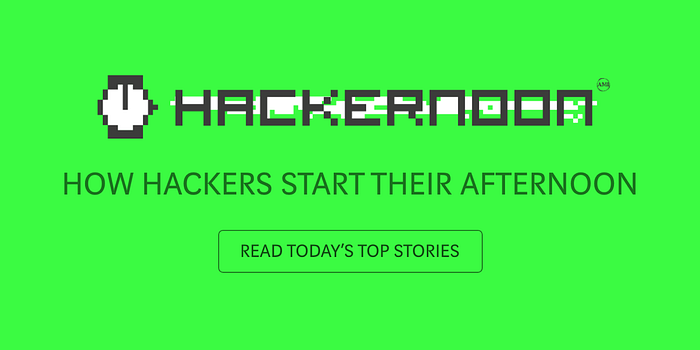Latest news about Bitcoin and all cryptocurrencies. Your daily crypto news habit.

It’s about time the blockchain and cryptocurrency community takes a stand against impractical applications. Everyone can’t seem to stop talking about governance, especially the elusive, “decentralized autonomous organization”, or DAO. In the purest DAO, anyone with internet access and capital can participate. Participation is pseudo-anonymous like the Bitcoin network. The first attempt at a DAO was hacked. If Bitcoin network governance serves any indication, a pure DAO hoping to handle anything meaningful beyond a distributed ledger has a bumpy road ahead.
Making internet infrastructure decentralized and unstoppable is one thing I’m proud the space is working diligently on. Autonomous organizations and on-chain governance may be further off, requiring advanced privacy preserving state transitions and self-sovereign identities. If there’s one thing we learned from cryptocurrency, new users are confused. Adding more tech and mechanisms won’t fix your adoption rate.
Startups still need to have some foothold in the traditional world, despite all the hard work being done by the Aragon team. Amazing projects like 0x and MakerDAO are far from a DAO model. Their goal is to use tokens for governance. All projects in the blockchain space leverage existing internet infrastructure extensively. Don’t even mention the recent infuriating Infura exposé.
Before startups shoot for the moon, they need to ask themselves: what’s the most important and usable application of this technology I can get into their hands today? This article suggests that a, “partially decentralized organization”, (PDO) is the best architecture for blockchain based projects and startups in the interim. Why?
- Waiting for technology — analysis paralysis
- Using Web3 sparingly — better user experience
- Leveraging existing institutions — get to market faster
Waiting for Technology
 Web3 Summit Oct. 22–24 2018 in Berlin
Web3 Summit Oct. 22–24 2018 in Berlin
The Web 3.0, blockchain and cryptocurrency community are composed of world class social thinkers, developers and artists to name only a few disciplines. They are creating the most important tools of our time to protect individual rights and liberties. Web3 being co-opted by large corporate or state interests for monetary, surveillance and power aggregation is at stake. Many don’t seam to realize the battlefield is a creative and attention driven economy and we are at war for our minds.
In their pursuit, the soldiers of Web3 are creating unstoppable technology infrastructure for the individual, like the aforementioned DAO. They face many challenges where ideologies or technologies don’t mesh perfectly. This leads to temporary stalemates and delayed deployments. Waiting for technology like zero knowledge proofs (ZKPs), trusted hardware or pressing user experience (UX) issues could take years to onboard the average user. Debating an encompassing and meaningful form of governance for the average internet user given the current state of the art of blockchain technology is a fruitless endeavor. We simply don’t have the tech to rewire society. Yet.
So what can we do?
Using Web3 Sparingly
We must soldier on and provide users with sovereignty over their data and choice of platform. Using a blended approach, we can leverage the ease and affordances of Web 2.0 combined with radical transparency and accountability from platform level actors. Rather than budling everything on-chain a cornucopia of economic or voting mechanisms, we need to approach the ideals of Web3 from an incremental and modular mindset.
This simple diagram encapsulates the Web3 vision: individuals are their own light database. They own their data and share it on their own terms. This model allows for a number of different governance mechanisms to be explored a la carte. Don’t like how you’re being treated? Move to a different platform by voiding previous terms of service (TOS)on-chain and agreeing to new ones. Want to participate in governance? Fork the TOS contract and start a new platform. This is “soft”ware. Everyone should write a plain text TOS and likewise read them carefully. Caveat emptor still applies. What of bad actors?
Leverage Existing Institutions
Our existing infrastructure may be poorly designed, but it is not broken. Web3 can facilitate the coordination of trust online, to a point. In order to permeate society, we must provide one-click interfaces that leverage existing financial, legal and corporate infrastructure. We will transform society and these institutions with our individual data sovereignty and immutable contracts regarding the terms of using that data, preserving the ideals of Web3.
Example: existing institutions for creating intellectual property licenses will disappear and be handled entirely online, but legislation and partial forms of dispute resolution will not.
Leveraging existing web infrastructure and civil institutions will be a crucial part of blockchain startups go to market strategy.
Lisyns — An IP PDO
Lisyns is protecting the rights of individuals in the music industry. Their first release, “Shakespeare”, helps users automatically license song lyrics. Lisyns also must protect against fraud. This will require a hybrid and nuanced approach. Using extreme design minimalism the team has developed the following criteria:
- Any lessor can self-ascribe lyrics but must provide a bond
- Lessors set terms for lyrics that do not exceed the bond
- Lessees pay according to terms
- Both parties share platform and network fees
- Lessees and platforms can flag fraudulent content
 Off-chain (green) — On-chain (blue)Worst Case Scenario
Off-chain (green) — On-chain (blue)Worst Case Scenario
Someone is spamming the network with fraudulent lyrics. An independently run service that detects fraud for a small fee notifies the rights holder who takes legal action against the Lessee. They are asked to take down any derivative works with fraudulent lyrics. The Lessee notifies the legal firm they received the license for the fraudulent lyrics from a blockchain based platform.
The decentralized solution:
- A fraud claim is made against the work that is subject to a challenge period.
- Lisyns and other platforms temporarily unlist all licenses of the fraudulent lyrics.
- The challenge period allows any user to place a small bond and vote for or against the claim. If the majority vote for the claim, the bond of the offending Lessee is taken and distributed to the majority that voted correctly. The lyrics are removed from the Lessee’s account and the account is flagged.
- The Lessee could Sybil attack, voting under many accounts. Each vote is bonded and the Lessee also has their original bond at stake.
- There is a focal point to the game that places a fraudulent Lessee at a disadvantage should votes continue and self-interested third parties are looking to capitalize on the size of bond on the minority side.
Is it perfect? Not likely, but close. The final defense for the original content creator is to approach Lisyns and other listing platforms, forcing them to unlist the license under DMCA rules. This defaults to traditional behavior and typically leads to no monetary reward for the original content creator.
What about abuses of power? In true partial decentralized organization (whack-a-mole) fashion. Users are free to take content and licenses they own to the platforms that serve them best. If there is no validity to the offending content claims, then platforms should have no problem dutifully defending their right to list the lyrics and sell licenses.
Worst Web 2.0 Scenario
Everyone is happily buying and selling licenses until their favorite platform “Bicence” starts charging criminally high fees. Everyone slowly migrates to a new platform. Thankfully, they own their content, licenses, transaction history and reputation. All the valuable bits were saved on the blockchain.
Bonus
This architecture is similar to most projects like 0x that provides a protocol for trading tokens on Ethereum. There are several platforms built on top of 0x and each platform benefits from the global on-chain liquidity coming from all other platforms. If one were to create a licensing protocol for intellectual property, this would be a good starting point 😉
Conclusion
Jumping directly to completely decentralized world with zero governments and where every corporation is pseudo-anonymous and autonomous, would be a bit of a shocker. Over time however, as more value is transacted online, thinner and less bureaucratic institutions will rise and prevail. This is better for the bottom line after all. To keep things in perspective, worldwide retail sales will still be under 20% by 2021, while China’s will be only 1/3 by 2019. As the Web3 movement soldiers on, we’ll need to balance our desire for decentralization and autonomy with a sound user experience and real world impact. We must not lose any more ground and never stop fighting to gain more for individual liberties, but we have to work smarter not harder. Let’s not reinvent the wheel, yet.
If you are passionate about building real businesses, using the right amount of blockchain and staying true to the Web3 ethos, please get in touch.
medium.com/@mattdlockyertwitter.com/mattdlockyerlinkedin.com/in/mattlockyer
Recent thoughts on the state of consumer blockchain projects:
Partially Decentralized Organizations was originally published in Hacker Noon on Medium, where people are continuing the conversation by highlighting and responding to this story.
Disclaimer
The views and opinions expressed in this article are solely those of the authors and do not reflect the views of Bitcoin Insider. Every investment and trading move involves risk - this is especially true for cryptocurrencies given their volatility. We strongly advise our readers to conduct their own research when making a decision.

